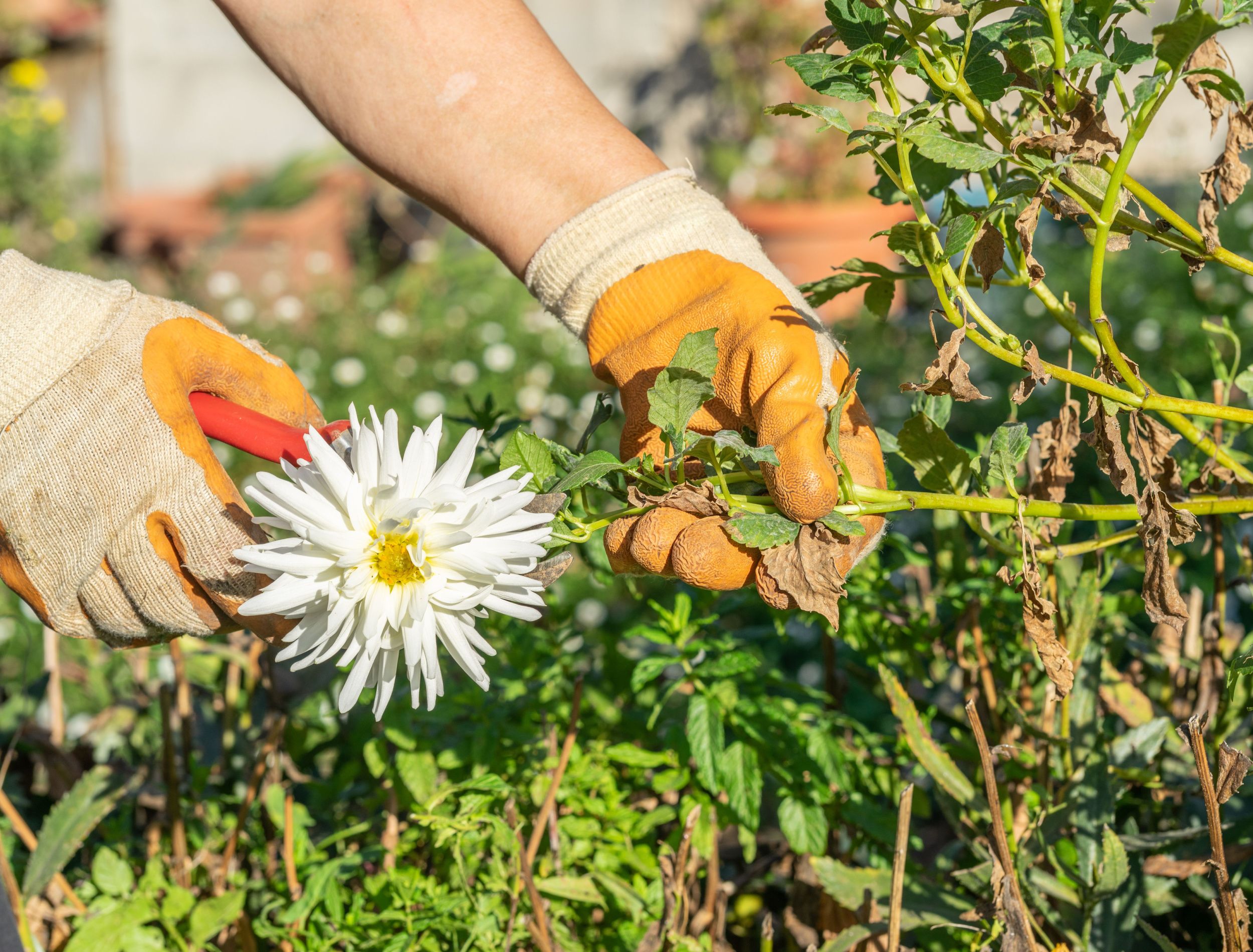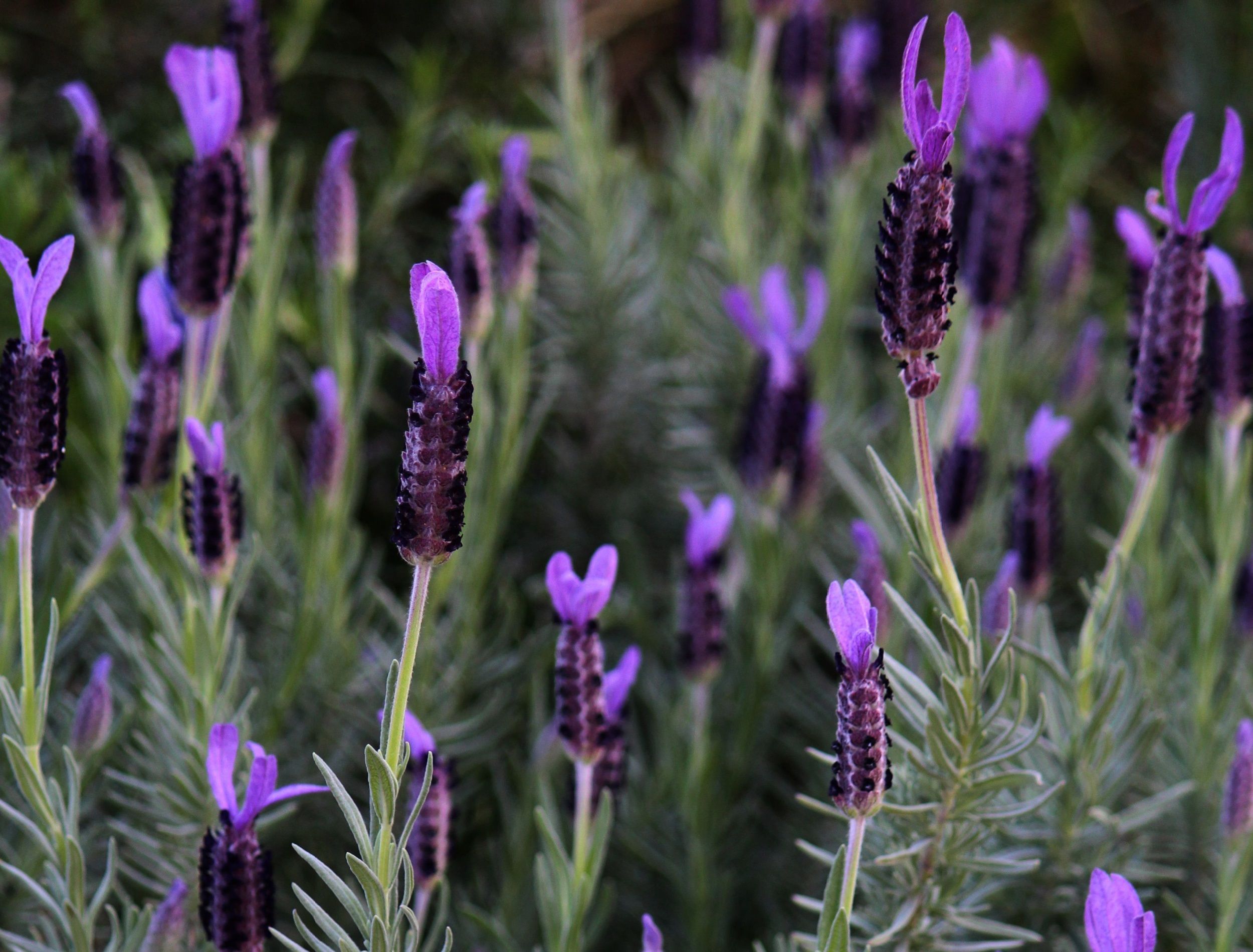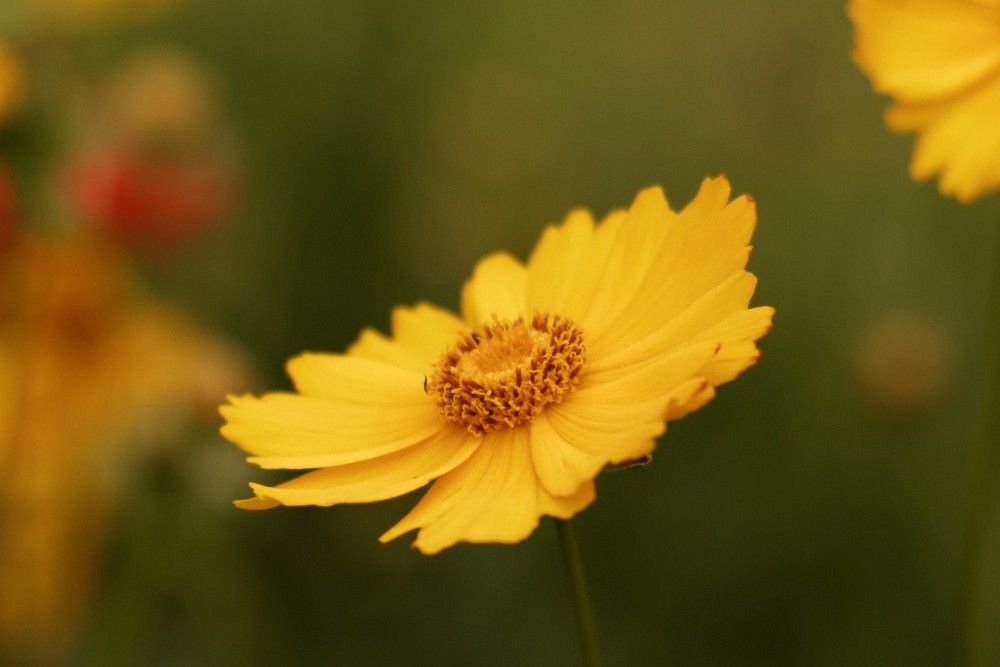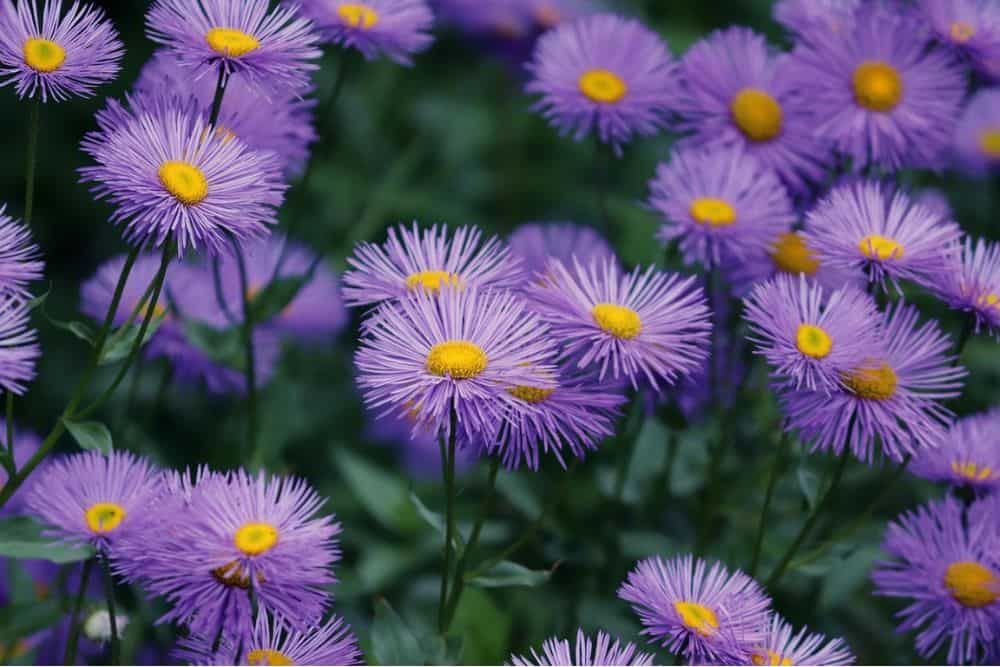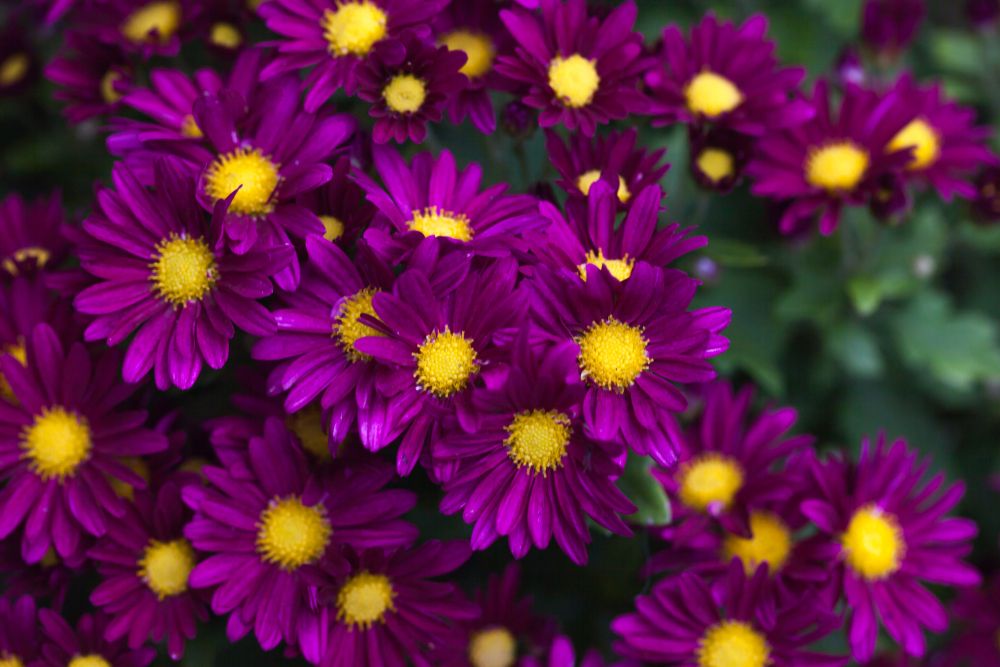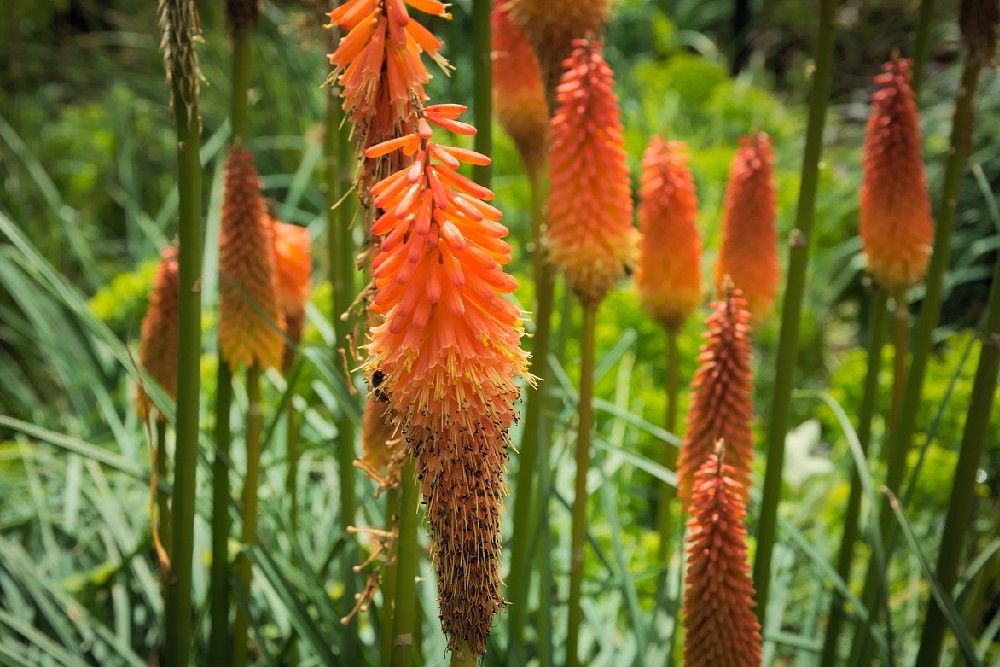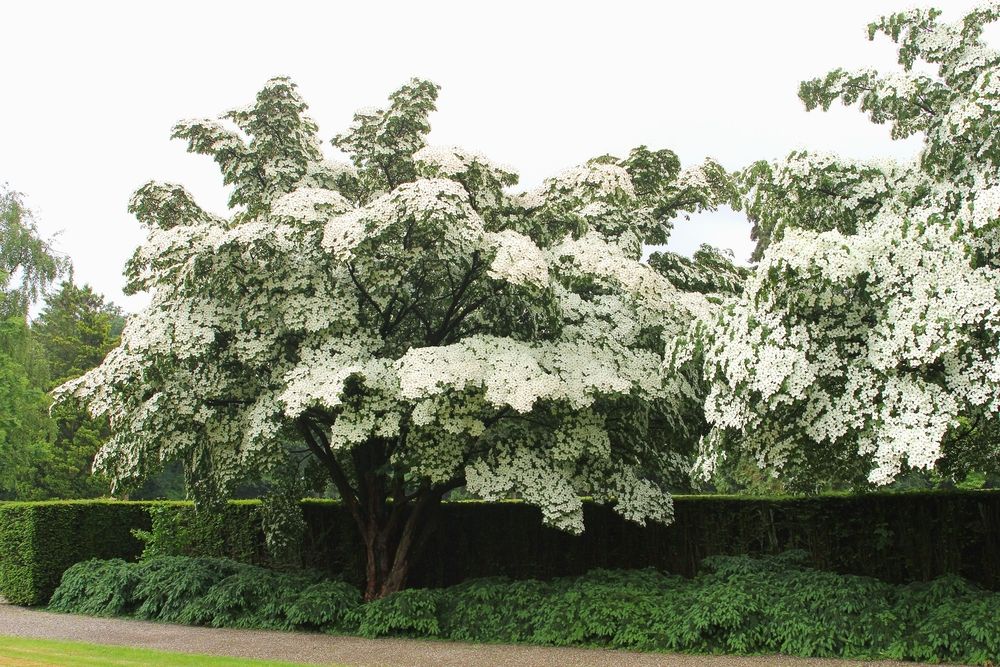As the days become longer and the temperature climb, spring brings with it the urge to get outdoors and enjoy your garden. Whether you are an experienced gardener or just starting with this hobby, understanding which perennials you should prune in the spring is essential for ensuring their long-term health.
Although every gardening scenario varies depending on your climate and environment, there are some reliable plants that respond well to pruning at this time of year. Discover seven important perennials you should give some TLC come early springtime!
Spanish Lavender
Image credits: Rose Makin via Shutterstock
Pruning Spanish lavender during spring is essential to ensure the healthy and continuous growth of the plant. It also helps encourage larger and more vibrant flowers.
When pruning, cut back 1/3 of the top of the plant. Additionally, for older plants that you have never pruned before (over three years old), a light pruning above the woody part of the branches is preferable to prevent damage caused by hard pruning.
Coreopsis
Image credits: Annari du Plessis via Pexels
In the spring, prune coreopsis plants to encourage healthy growth. To do this, cut 1/3 of the plant's stems back several inches before the flowers bloom. Then cut back another third of the stems about a week later. Doing so helps promote lush foliage and multiple blooms in the coming months.
Pruning also helps remove diseased or damaged parts of the plant so it remains healthy for longer. Lastly, pruning helps control the size or shape of your coreopsis and keeps it from becoming too large for its growing space. To get the best results while pruning your coreopsis, use sharp shears and always disinfect them before and after use.
Asters
Image credits: Manfred Richter via Pixabay
Prune your asters in the late spring or early summer for lush growth. Cut back the stems by 1/3 when tending to this plant. Aim to do this once or twice during the season, but it's best to leave them alone by fall.
When pruning asters, remove dead or damaged stems and leave healthy ones behind. Properly pruned plants produce more flowers, so it is worth taking the time to trim your asters regularly throughout the growing season. Additionally, keeping asters well-pruned helps ensure they don't become too leggy or lose their attractive shape.
Chrysanthemums
Image credits: NataLogPhoto via Shutterstock
Pruning chrysanthemums in the spring is essential for healthy, vibrant blooms. To prune your chrysanthemums, begin when the seedlings are 3 to 4 inches tall with lots of leaves. Gently remove 1/2 to 1 inch of new growth, leaving two to three leaves on the stem. Doing so promotes sideways branching and ensures fuller blooms later on.
Repeat this process every two to three weeks until you see flower buds. Pruning chrysanthemums regularly throughout the spring and summer helps you get those gorgeous flowers come autumn!
Red-Hot Poker
Image credits: HansLindevia Pixabay
Pruning your red-hot poker plant is essential for keeping it healthy and attractive. Clean it up yearly during spring and summer when the plant is actively growing.
To prune, start by removing dead foliage from the base of the plant. Then, cut back flower stems that have finished blooming and remove new growth that appears too tall or lanky. Once you have completed pruning, mulch around the base of the plant and fertilize with a slow-release fertilizer to promote further growth and flowering.
Butterfly Bush
Image credits: Wut_Moppie via Shutterstock
In the spring, pruning a butterfly bush (Buddleia davidii) is essential to ensure it blooms properly throughout the season. The best time to prune is when new buds have just emerged and temperatures are warming up. Depending on your location, that could be late winter or early spring.
Start by cutting the plant back down to 8 to 10 inches tall, removing dead or damaged stems. Doing so encourages new growth and keeps your bush healthy. Do not to over-prune, as this results in fewer flowers for that growing season. When trimming branches, use sharp and clean shears or clippers to prevent diseases from spreading. Doing so helps promote vigorous growth and more blooms for the year ahead!
Flowering Dogwood
Image credits: ingehogenbijl via Shutterstock
Although not very necessary, pruning flowering dogwood trees is beneficial in maintaining the shape and size of the tree.
When pruning, remember that flowering dogwoods bloom on old wood; therefore, you should do it immediately after the tree flowers in spring. Doing so allows enough time for new growth and flower buds to form for the following year.
If necessary, thin out dense branches and remove dead or damaged wood. Additionally, take care not to over-prune, as this may cause stress on the tree and lead to poor health.
Prune to Perfection
Spring brings the promise of longer days, warmer temperatures, and an opportunity to give your perennial plants a makeover. Pruning in early spring is the best way to ensure healthy, lush foliage throughout the year and vibrant blooms when the flowering season arrives.
Now that you're armed with this information, go out there and give your garden the spring makeover it deserves! And if you tried any of these tips yourself, leave a comment below. Remember to share this post with your family and friends so they, too, can transform their gardens into a thing of beauty this spring.

